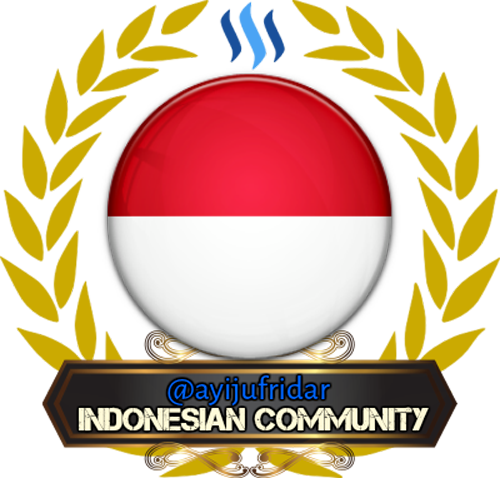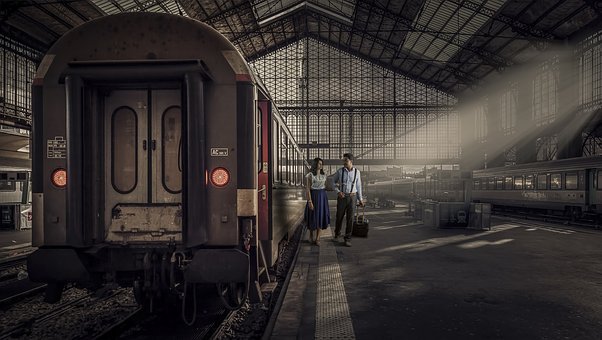Six Indonesian Economic Corridors |
Bambang Susantono who had served as deputy minister of Transportation of the Republic of Indonesia, wrote about six economic corridors that must be considered to strengthen the economy in Indonesia amid the threat of world recession.
The six corridors should be part of the blueprint for sustainable development in Indonesia. Below is Susantono's view of the economic corridor.
The notion of an economic corridor that the Indonesian government has been working on is actually not a completely new approach. Economic Corridor combines integrated infrastructure development approaches in a spatial or regional structure.
The Development of Economic Corridors is intended to obtain a practical order to merge regional (regional) development patterns with sectoral development patterns.
Therefore, an Economic Corridor master plan will act as a guideline for planning investment development in an area. Through the Economic Corridor master plan, it will be shown the potential for commodity development, regional development plans, and infrastructure development plans in one region.
Simply put, it is exemplified that to improve the superiority of coal and minerals as a mainstay commodity in Kalimantan, it is necessary to develop related areas that are supported by infrastructure reliability, such as road networks, railways, ports, airports, electricity, and telecommunications.
Within the Economic Corridor there are a number of centers of activity and economic growth in the form of hubs and nodes. Hubs are usually centers of financial accumulation, while nodes are generally centers of commodity development, such as plantations, industrial estates, and mining areas. A nodes can also be an industrial area, or a special economic zone. These hubs and nodes are connected by infrastructure networks.
Six corridors
In this regard, the Government of Indonesia is completing a master plan for six economic corridors in Indonesia, which includes:
(1) the eastern corridor of Sumatra and the north of West Java,
(2) the Java north coast corridor (pantura), (3) the corridor Kalimantan,
(4) the Sulawesi corridor,
(5) the Papua corridor, and
(6) the eastern corridor of Java-Bali-Nusa Tenggara.
In designing this EC master plan, a number of analyzes were conducted which began with a spatial review and regional development plan. In this case the National Spatial Plan is the initial reference in order to identify the potential development of an area.
In addition, the types of commodities that are the wealth of a region are also analyzed by examining the development of market conditions, including demand conditions and trends in these commodities in the international market.
The results of the analysis are then followed up with an analysis of Indonesia's potential to fill certain market segments, including planning for infrastructure that needs to be provided to improve its competitiveness. This series of analyzes is further developed by looking at the possibility of establishing an economic zone that is specific to an area.
As an initial stage of the development of the Economic Corridor in Indonesia, the eastern corridor of North Sumatra, West Java (TSUJB) and the northern coast of Java (pantura) will be developed as a pilot. In developing the TSUJB corridor, a number of logistics nodes will be arranged according to the planned utilization of the mainstay commodities in this corridor, which include oil palm, rubber, and coal.
Access to the commodity area will be developed through the construction of a number of port, road and railroad infrastructure projects. Thus, the economic centers will be interconnected and can synergize with the surrounding area.
Logistic route node
The development of commodity areas in the corridor must be supported by the logistics node nodes which are certainly expected to produce a number of spill over effects and then the impact will be maximized by the connectivity of the logistical lanes.
A number of infrastructure projects connecting the logistics nodes identified in this corridor include the ports in Medan, Dumai and Palembang, the construction of the trans-Sumatra railroad and the coal railroad in South Sumatra.
Preliminary estimates indicate, by developing this corridor, there will be a potential increase in the gross regional domestic product (GRDP) of the region, from the original 74 billion US dollars in 2008 to more than double, namely 154 billion US dollars in 2020, and even 273 billion US dollars in 2030.
For the development of the TSUJB corridor, ideally 44 infrastructure projects with an estimated value of US $ 52.9 billion are needed, with details of needs including the development of a US $ 17.1 billion railroad, an 18.1 billion US toll road, transportation infrastructure including airports, ports, and US $ 4.3 billion in land logistics facilities, and other supporting infrastructure.
Slightly different from the development of the corridor at TSUJB, for the development of the pantura corridor, the focus of developing the logistics node will focus on the construction of the port, the expressway network, and the double track railway. This is considering that the mainstay commodities in this corridor include the results of various industries including equipment and machinery. The pantura corridor will be connected by four main hubs with the highest level of agglomeration, namely Jakarta, Bandung, Semarang and Surabaya.
With this in mind, the logistics route nodes that will be developed will include the development of ports in Tanjung Priok and Surabaya, the construction of the trans-Java expressway, and the construction of the trans-Java railroad.
These nodes will be supported by other major infrastructure developments such as power plants in West and Central Java. The pantura corridor master plan shows that ideally 65 infrastructure projects worth US $ 36.2 billion are needed. It is hoped that with this corridor, the regional GDP will be doubled in the region in the next 20 years, from 178 billion US dollars in 2008 to 770 billion US dollars in 2030.
With the need for such a large infrastructure development for both corridors (US $ 90 billion), and not to mention the need for four other corridors, breakthroughs need to be sought to enlarge the role of the private sector in building infrastructure. At present there are already various fiscal instruments available, such as infrastructure funds and guarantee funds to facilitate infrastructure financing schemes.
However, experience shows, it is necessary to prepare projects that meet the applicable financial standards (bankable), so that certainty and clarity of all aspects that affect project risk for the private sector can be managed properly.[]






Hello, @ayijufridar. Thank you for using the Realityhubs tag. As I said in my comment on one of your previous article, review on realityhubs needs to be editorial. Your personal opinion is what really counts. This is indeed a piece of very nice information but it does not reflect any of your opinions but that of Susantono's. Be sure that you understand what you intend to review then share your thought about it based on your perspective. I hope you got the message right. I appreciate the fact that you are subsequently publishing contents to Realityhubs. Keep up with that and I look forward to your next review.
Cheers!
RealityHubs Mod
Congratulations @ayijufridar! You have completed the following achievement on the Steem blockchain and have been rewarded with new badge(s) :
You can view your badges on your Steem Board and compare to others on the Steem Ranking
If you no longer want to receive notifications, reply to this comment with the word
STOPTo support your work, I also upvoted your post!